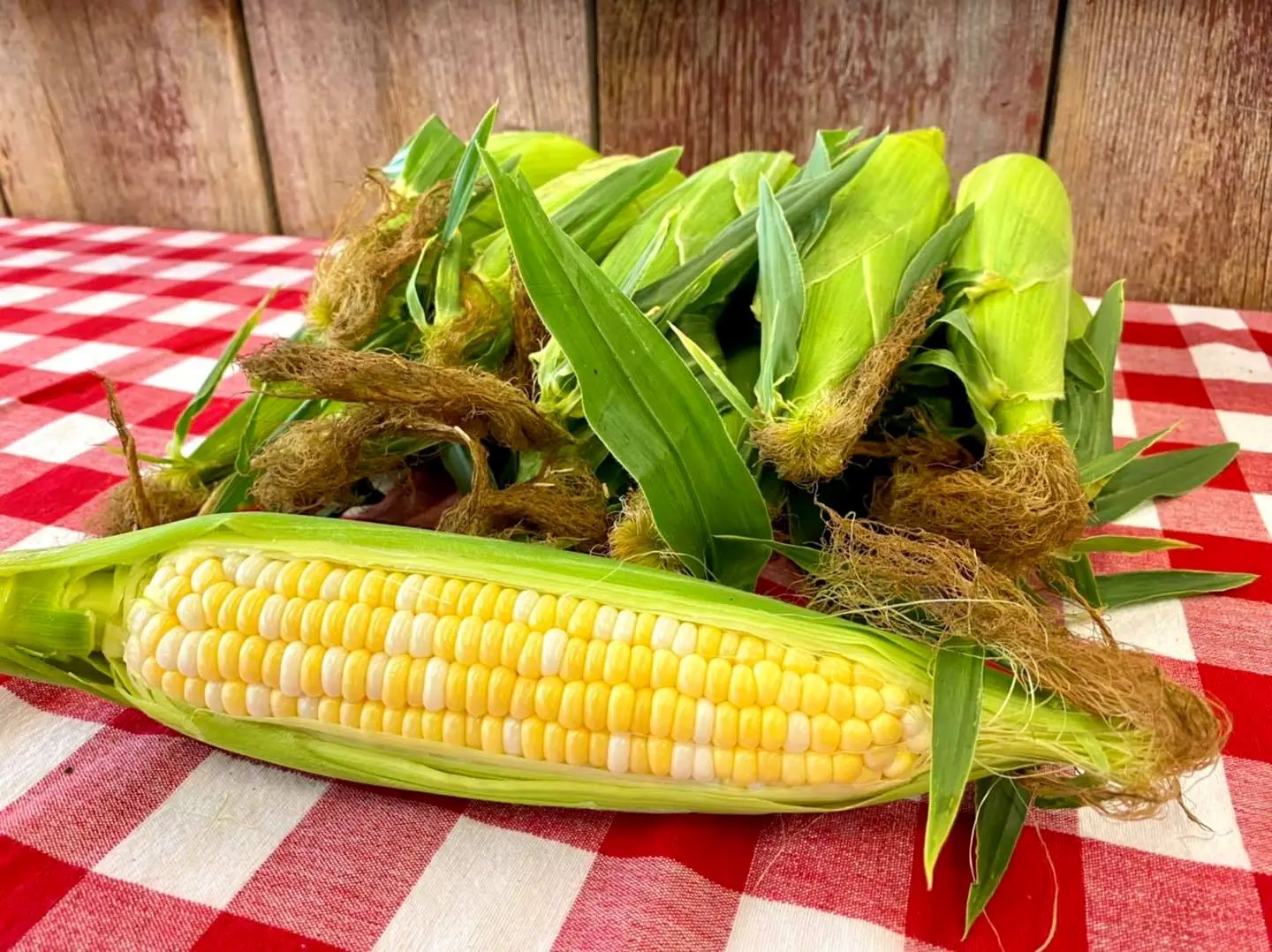

Articles
How To Store Fresh Sweet Corn
Modified: August 22, 2024
Learn how to store fresh sweet corn properly to maintain its freshness and taste. Read our informative articles for tips and techniques.
(Many of the links in this article redirect to a specific reviewed product. Your purchase of these products through affiliate links helps to generate commission for Storables.com, at no extra cost. Learn more)
Introduction
Sweet corn is a beloved summer vegetable known for its deliciously sweet and tender kernels. Whether you have a bountiful harvest from your own garden or have purchased fresh sweet corn from a local farmer’s market, knowing how to store it properly will help you enjoy its delectable taste for longer.
In this article, we will guide you through the process of storing fresh sweet corn to maintain its flavor and quality. From choosing the best ears of corn to different storage methods, we’ll provide you with the information you need to keep your corn fresh and delicious.
Key Takeaways:
- Choose fresh sweet corn with vibrant green husks, plump kernels, and moist silk for optimal flavor. Harvest in the morning and store in the refrigerator for short-term freshness.
- To prolong the shelf life of sweet corn, freeze or can surplus corn for long-term enjoyment. Follow proper storage techniques to savor the taste of summer year-round.
Read more: How To Store Fresh Corn Tortillas
Choosing Fresh Sweet Corn
Before you start thinking about storage, it’s essential to select the freshest sweet corn possible. Here are a few tips to help you choose the best ears:
- Look for green, tightly wrapped husks that are free from browning or mold.
- Gently squeeze the ear to feel for plump kernels beneath the husk.
- Inspect the silk at the top of the ear; it should be moist, soft, and light in color.
- Avoid ears with kernels that have begun to shrink or feel dry.
Harvesting Fresh Sweet Corn
If you’re lucky enough to have a sweet corn patch in your backyard, properly timing the harvest is crucial. Here are a few indicators that it’s time to harvest your corn:
- The husks should be bright green, and the silk should be brown and dry.
- Gently peel back the husk and press a fingernail into a kernel; if it releases a milky liquid, it’s ready to be picked.
- Harvest in the morning when the temperatures are cooler to preserve the corn’s freshness.
Storing Fresh Sweet Corn
Once you’ve chosen and harvested your corn, it’s time to think about proper storage. Keeping the corn at the right temperature and moisture levels will help extend its shelf life. There are three primary methods for storing fresh sweet corn:
Refrigerating Fresh Sweet Corn
If you plan to consume your corn within a few days, refrigeration is the best option. Here’s how to do it:
- Leave the husks on the corn.
- Place the ears in a plastic bag.
- Seal the bag tightly and store it in the refrigerator.
- Consume the corn within 3-4 days for the best quality.
Key Takeaways:
- Choose fresh sweet corn with vibrant green husks, plump kernels, and moist silk for optimal flavor. Harvest in the morning and store in the refrigerator for short-term freshness.
- To prolong the shelf life of sweet corn, freeze or can surplus corn for long-term enjoyment. Follow proper storage techniques to savor the taste of summer year-round.
Read more: How To Store Fresh Corn Tortillas
Choosing Fresh Sweet Corn
When it comes to selecting the best sweet corn, there are a few key factors to keep in mind. By choosing the freshest ears, you can ensure that your corn is flavorful and delicious. Here are some tips to help you choose the best sweet corn:
- Look for green, tightly wrapped husks: The husk of the corn serves as a protective layer, so it’s important to choose ears with husks that are vibrant green and tightly wrapped around the cob. Avoid ears with husks that are yellowing or browning, as this can indicate that the corn is past its prime.
- Inspect the silk: The silk is the fine, thread-like strands that protrude from the top of the ear. It should be moist, soft, and light in color. Avoid corn with dry, brown, or wilted silk, as this can be a sign of poor quality.
- Squeeze and feel the ear: Gently squeeze the ear of corn through the husk to assess the kernel plumpness. You want to feel firm and plump kernels beneath the husk. If the kernels feel small and less defined, the corn may be past its prime.
- Check for worm or insect damage: Inspect the ears of corn for any signs of worm or insect damage. Look for small holes or tunnels on the husk, as well as damaged or discolored kernels. Opt for ears that are free from any visible signs of damage.
- Avoid ears with dry or shriveled kernels: The quality of sweet corn deteriorates quickly once it is picked, so it’s important to choose ears with plump and moist kernels. Avoid ears with kernels that appear dry, shriveled, or discolored.
By paying attention to these factors, you can ensure that you select the freshest sweet corn possible. Fresh corn not only has a sweeter and more vibrant taste but also has a better texture and higher nutritional value. So take your time to choose the best ears and enjoy the deliciousness that fresh sweet corn has to offer!
Harvesting Fresh Sweet Corn
Harvesting fresh sweet corn at the right time is crucial to ensuring its peak flavor and sweetness. Here are some tips to help you determine when to harvest your corn:
- Check the husk color: Look for bright green husks. As the corn matures, the husks will turn a deeper shade of green. Avoid harvesting ears with yellowing or browning husks.
- Inspect the silk: The silky threads, or the “corn silk,” emerge from the top of the ear. As the corn reaches maturity, the silk will begin to dry and turn brown. This is a good indicator that the corn is ready for harvest.
- Squeeze test: Gently peel back the husk and press a fingernail into a kernel. If the kernel releases a milky liquid, it’s a good indication that the corn is ripe and ready to be picked. If the liquid is watery, the corn may need more time to mature.
- Look at the ear size: The size and length of the ear can also provide a clue about its readiness for harvest. Sweet corn typically reaches its optimal size and length when it is ready to be picked.
- Harvest in the morning: It’s best to harvest sweet corn in the cooler hours of the morning. This helps to preserve its freshness and flavor. Early morning harvesting also reduces the risk of heat stress on the corn.
When harvesting, gently twist the ear of corn downward and break it off from the stalk. Avoid pulling or tugging too hard, as this can damage the stalk and affect the growth of the remaining corn plants.
Once harvested, it’s important to consume or store the corn promptly to retain its optimal freshness and flavor.
By following these tips, you can enjoy the juiciest and most flavorful sweet corn that is picked at the perfect time of ripeness.
Storing Fresh Sweet Corn
Proper storage is essential to maintain the freshness and quality of sweet corn. Depending on your plans for consumption, there are a few different methods you can use to store fresh sweet corn:
Refrigerating Fresh Sweet Corn
If you plan to consume your sweet corn within a few days, refrigeration is the best option. Here’s how to store fresh sweet corn in the refrigerator:
- Leave the husks on the corn to protect the kernels.
- Place the ears of corn in a plastic bag or wrap them in a damp paper towel.
- Seal the bag tightly or cover the corn with the damp towel.
- Store the corn in the refrigerator’s vegetable drawer.
- Consume the corn within 3-4 days for the best quality.
Read more: How To Store Fresh Mochi
Freezing Fresh Sweet Corn
If you have a surplus of fresh sweet corn, freezing is an excellent way to preserve its flavor for an extended period. Here’s how to freeze sweet corn:
- Remove the husks and silk from the ears of corn.
- Blanch the corn by boiling it in a large pot of water for 4-6 minutes.
- Transfer the corn to an ice bath to cool quickly and stop the cooking process.
- Pat the corn dry and carefully cut the kernels off the cob.
- Package the kernels in airtight freezer bags or containers, removing as much air as possible.
- Label the bags or containers with the date and store them in the freezer.
- Frozen sweet corn can last up to 12 months.
Canning Fresh Sweet Corn
Canning is another preservation method that allows you to enjoy sweet corn throughout the year. Here’s how to can sweet corn:
- Remove the husks and silk from the ears of corn.
- Blanch the corn by boiling it in a large pot of water for 4-6 minutes.
- Transfer the corn to an ice bath to cool quickly.
- Cut the kernels off the cob and pack them into sterilized canning jars.
- Add salt and boiling water to the jars, leaving a 1-inch headspace.
- Seal the jars with sterilized lids and process them in a pressure canner or boiling water bath.
- Follow appropriate canning guidelines for processing time and pressure.
By utilizing these storage methods, you can prolong the shelf life of fresh sweet corn and enjoy its delectable taste even when it is out of season. Whether you choose to refrigerate, freeze, or can your sweet corn, proper storage will ensure that your corn retains its flavor and quality for months to come.
Refrigerating Fresh Sweet Corn
Refrigeration is an excellent method for storing fresh sweet corn when you plan to consume it within a few days. Properly refrigerating the corn will help maintain its flavor and texture. Here are the steps to refrigerate fresh sweet corn:
- Leave the husks on the ears of sweet corn to protect the kernels from drying out and absorbing odors from the refrigerator.
- Check the corn for any damaged or moldy husks, and remove them if necessary.
- Place the ears of corn in a plastic bag or wrap them in a damp paper towel.
- Seal the bag tightly or cover the corn completely with the damp towel to maintain moisture.
- Store the corn in the vegetable drawer or in the coldest part of your refrigerator, ideally around 32-40°F (0-4°C).
- Ensure that the corn is not placed near strong-smelling foods as it can absorb odors.
- Consume the refrigerated corn within 3-4 days for the best flavor and texture.
Refrigerating fresh sweet corn helps slow down the natural sugar-to-starch conversion process, preserving its sweetness. The cool temperature of the refrigerator helps maintain the corn’s moisture and delays the loss of quality.
Before consuming the refrigerated sweet corn, it’s important to reheat or cook it properly. You can do this by boiling the corn in a pot of lightly salted water or grilling it to enhance its flavor. Avoid overcooking, as this can make the corn tough and less enjoyable.
Remember, refrigeration is a short-term storage method for fresh sweet corn. If you have an abundance of corn or plan to store it for an extended period, consider freezing or canning as alternative storage options.
By refrigerating fresh sweet corn correctly, you can enjoy its delightful taste and texture in various dishes, be it as a side dish, a salad ingredient, or a main dish component.
Read more: How To Store Fresh Mochi
Freezing Fresh Sweet Corn
Freezing is an excellent method for preserving the flavor and quality of fresh sweet corn, allowing you to enjoy it even when it’s out of season. Freezing corn helps to lock in the natural sweetness and texture. Here’s how to freeze fresh sweet corn:
- Start by husking the ears of corn and removing all the silk. Rinse the corn under cold water to remove any debris.
- Fill a large pot with water and bring it to a boil.
- Add the ears of corn and blanch them for about 4-6 minutes. Blanching helps preserve the flavor, color, and texture of the corn.
- Prepare an ice bath by filling a large bowl or sink with cold water and ice cubes.
- Remove the corn from the boiling water using tongs and immediately plunge it into the ice bath to stop the cooking process.
- Let the corn cool in the ice bath for a few minutes until completely cooled.
- Once cooled, pat the corn dry with a paper towel.
- Using a sharp knife, carefully cut the kernels off the cob. Start at the top of the ear and slide the knife down, close to the cob, in a smooth motion. Repeat until all the kernels are removed.
- Place the kernels in freezer-safe bags or airtight containers. Be sure to remove as much air as possible from the bags or containers to prevent freezer burn.
- Label the bags or containers with the date and quantity of corn.
- Place the bags or containers in the freezer, making sure they are stored flat to save space.
When properly frozen, sweet corn can last up to 12 months in the freezer. Thaw the frozen corn in the refrigerator overnight before using it in your recipes.
Freezing fresh sweet corn allows you to enjoy the taste of summer throughout the year. You can use the frozen corn to make delicious soups, stews, casseroles, or simply enjoy it as a side dish.
Remember to only freeze fresh, high-quality sweet corn to ensure the best results. Properly freezing the corn will help maintain its sweetness and crunch, allowing you to savor the flavors of the harvest all year long.
Canning Fresh Sweet Corn
Canning is an excellent method for preserving the flavor and quality of fresh sweet corn, allowing you to enjoy it long after the harvest season is over. Canned corn is convenient and versatile, making it a staple ingredient for soups, stews, and side dishes. Here’s how to can fresh sweet corn:
- Start by husking the ears of corn and removing all the silk. Rinse the corn under cold water to remove any debris.
- Fill a large pot with water and bring it to a boil. Place the ears of corn in the boiling water and blanch them for about 4-6 minutes. Blanching helps preserve the flavor and texture of the corn.
- Prepare an ice bath by filling a large bowl or sink with cold water and ice cubes. Remove the corn from the boiling water and immediately place it in the ice bath to stop the cooking process.
- Let the corn cool in the ice bath for a few minutes until completely cooled.
- Once cooled, use a sharp knife to carefully cut the kernels off the cob. Start at the top of the ear and slide the knife down, close to the cob, in a smooth motion. Repeat until all the kernels are removed.
- Transfer the kernels to sterilized canning jars, leaving about a 1-inch headspace at the top of each jar.
- Add salt to each jar, if desired, to enhance the flavor of the corn.
- Boil water and pour it over the corn kernels in each jar, leaving the 1-inch headspace. Ensure that all the kernels are fully submerged in the hot water.
- Wipe the rims of the canning jars with a clean cloth to remove any residue or moisture.
- Place the lids and bands on the jars, tightening them until they are secure but not overly tight.
- Process the jars in a pressure canner according to the manufacturer’s instructions. The processing time will vary depending on your elevation and the size of the jars.
- After the processing time is complete, carefully remove the jars from the pressure canner and allow them to cool on a towel or wire rack.
- Once cooled, check the seals on the jars by pressing down on the center of each lid. If the lid is firm and does not move, the seal is good.
- Label the jars with the date and store them in a cool, dry place away from direct sunlight.
Canned sweet corn can be stored for up to a year, but it’s best to consume it within 6-12 months for optimal flavor and quality. When you’re ready to use the canned corn, simply drain the liquid and add the kernels to your favorite recipes.
Canning fresh sweet corn allows you to enjoy the taste of summer all year round. The sweet and tender kernels will add a burst of flavor to soups, casseroles, and other dishes, making mealtime even more delightful.
Tips for Optimal Fresh Sweet Corn Storage
To ensure that your fresh sweet corn stays fresh and delicious for as long as possible, here are some tips to follow:
- Harvest at the right time: Harvest sweet corn when the husks are bright green and the silk has turned brown and dry. This indicates that the corn is at its peak ripeness and flavor.
- Handle with care: When handling sweet corn, be gentle to avoid bruising or damaging the kernels. Rough handling can lead to faster spoiling.
- Keep the husks intact: The husks serve as natural protection for the corn. Keep the husks on the ears until you’re ready to prepare or store the corn.
- Store corn as soon as possible: Store sweet corn as soon as you can after harvesting or purchasing it. The flavor and quality begin to decline rapidly once the corn is picked.
- Avoid washing before storage: Washing the corn before storing can introduce excess moisture, which can lead to faster deterioration. Only rinse the corn right before cooking or consuming it.
- Store in a cool and dark place: Store sweet corn in a cool area away from direct sunlight. Sunlight can accelerate the ripening process and lead to spoilage.
- Avoid storing near strong odors: Corn easily absorbs odors, so keep it away from strong-smelling foods like onions or garlic. This ensures that the corn maintains its natural flavor.
- Rotate stored corn: If you have multiple ears of corn, use the principle of “first in, first out” to consume them. This way, you can enjoy the older corn before it starts to lose its quality.
- Check for spoilage: Regularly inspect stored corn for any signs of spoilage, such as mold, unusual discoloration, or a foul odor. If you notice any of these signs, discard the corn immediately.
- Utilize alternative storage methods: If you have a surplus of fresh sweet corn, consider freezing or canning it for long-term storage. These methods help preserve the flavor and quality of the corn for an extended period.
By following these tips, you can maximize the shelf life of your sweet corn and ensure that every ear is as delicious as the day it was harvested. Whether you’re enjoying the corn fresh, refrigerated, frozen, or canned, proper storage techniques will help you savor the wonderful flavor of sweet corn year-round.
Conclusion
Fresh sweet corn is a summertime favorite, and knowing how to store it properly ensures that you can enjoy its delicious taste for longer. Whether you’re harvesting corn from your own garden or purchasing it from a local farmer’s market, following the right storage methods will help maintain its flavor and quality.
By choosing the freshest ears with green husks, plump kernels, and moist silk, you set the foundation for storing high-quality sweet corn. Harvesting at the right time, preferably in the cool morning hours, ensures that you capture the peak flavor and sweetness of the corn.
When it comes to storing fresh sweet corn, different methods are available depending on your needs. Refrigeration is best for short-term storage, keeping the corn in plastic bags or with a damp paper towel to maintain moisture. Freezing and canning are excellent options for long-term storage, allowing you to enjoy the taste of summer throughout the year.
Remember to handle sweet corn with care, keeping the husks intact until you’re ready to prepare or store the corn. Store it in a cool and dark place, away from strong odors, to maintain its natural flavor. Regularly check for any signs of spoilage and utilize alternative storage methods if you have an abundance of corn.
In conclusion, by following the tips and techniques outlined in this article, you can extend the shelf life of your fresh sweet corn and continue to savor its delightful flavor. Whether you’re enjoying it as a side dish, in soups, or as a delicious ingredient in your favorite recipes, properly storing sweet corn ensures that you can indulge in its sweetness long after the summer season has passed.
Frequently Asked Questions about How To Store Fresh Sweet Corn
Was this page helpful?
At Storables.com, we guarantee accurate and reliable information. Our content, validated by Expert Board Contributors, is crafted following stringent Editorial Policies. We're committed to providing you with well-researched, expert-backed insights for all your informational needs.
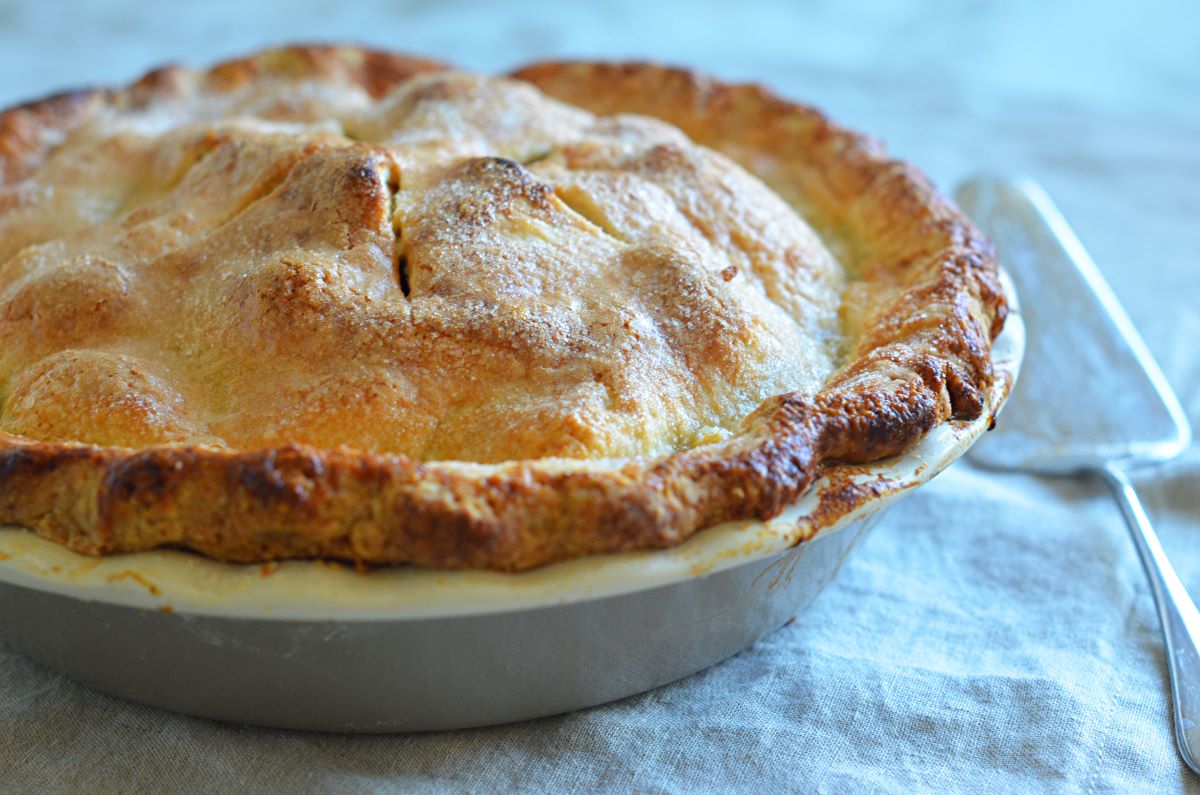


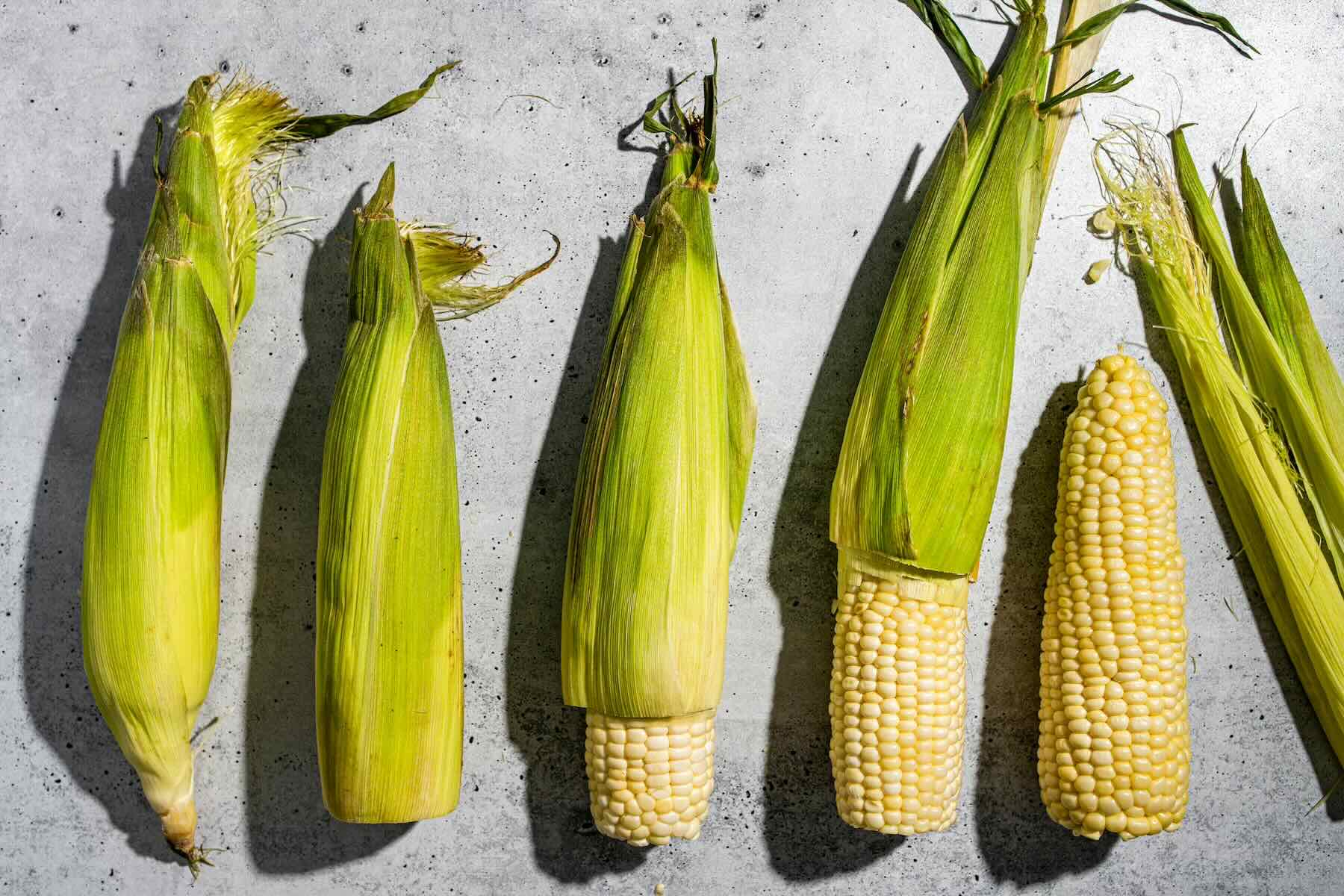
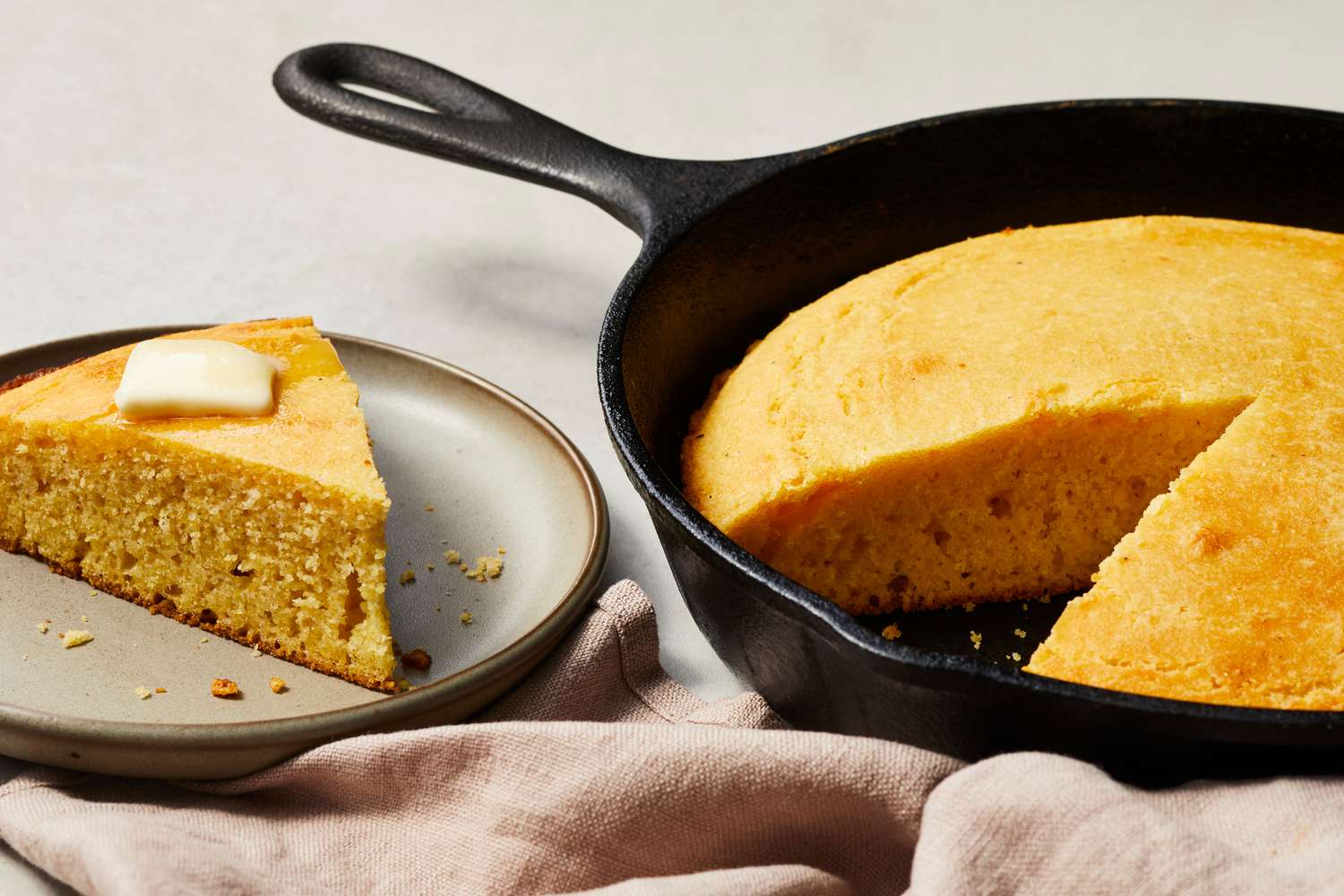
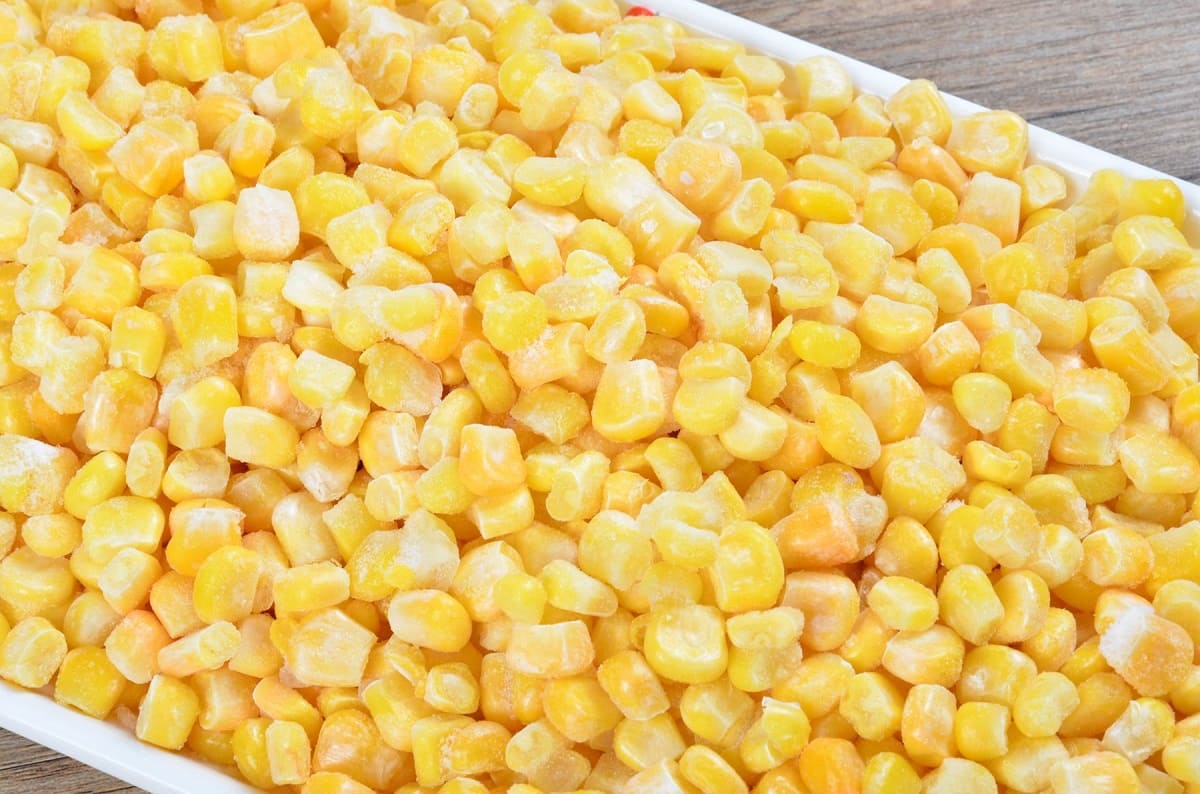
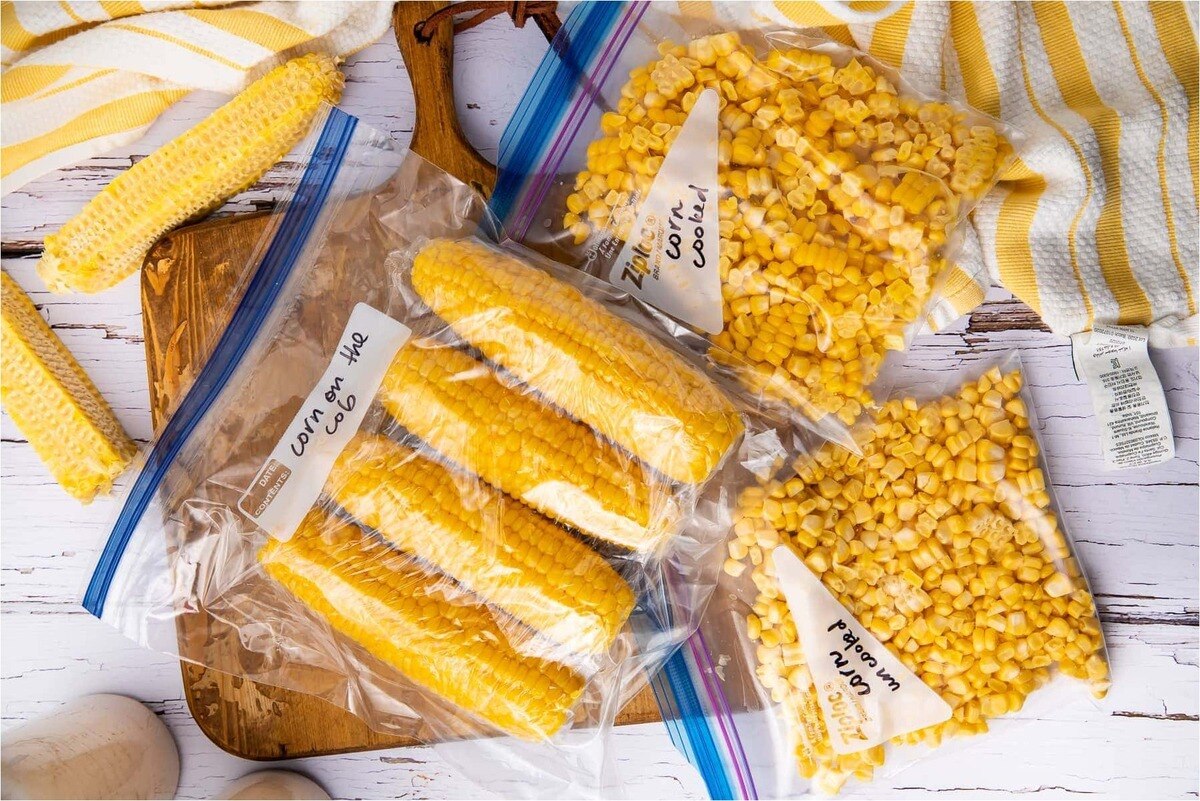
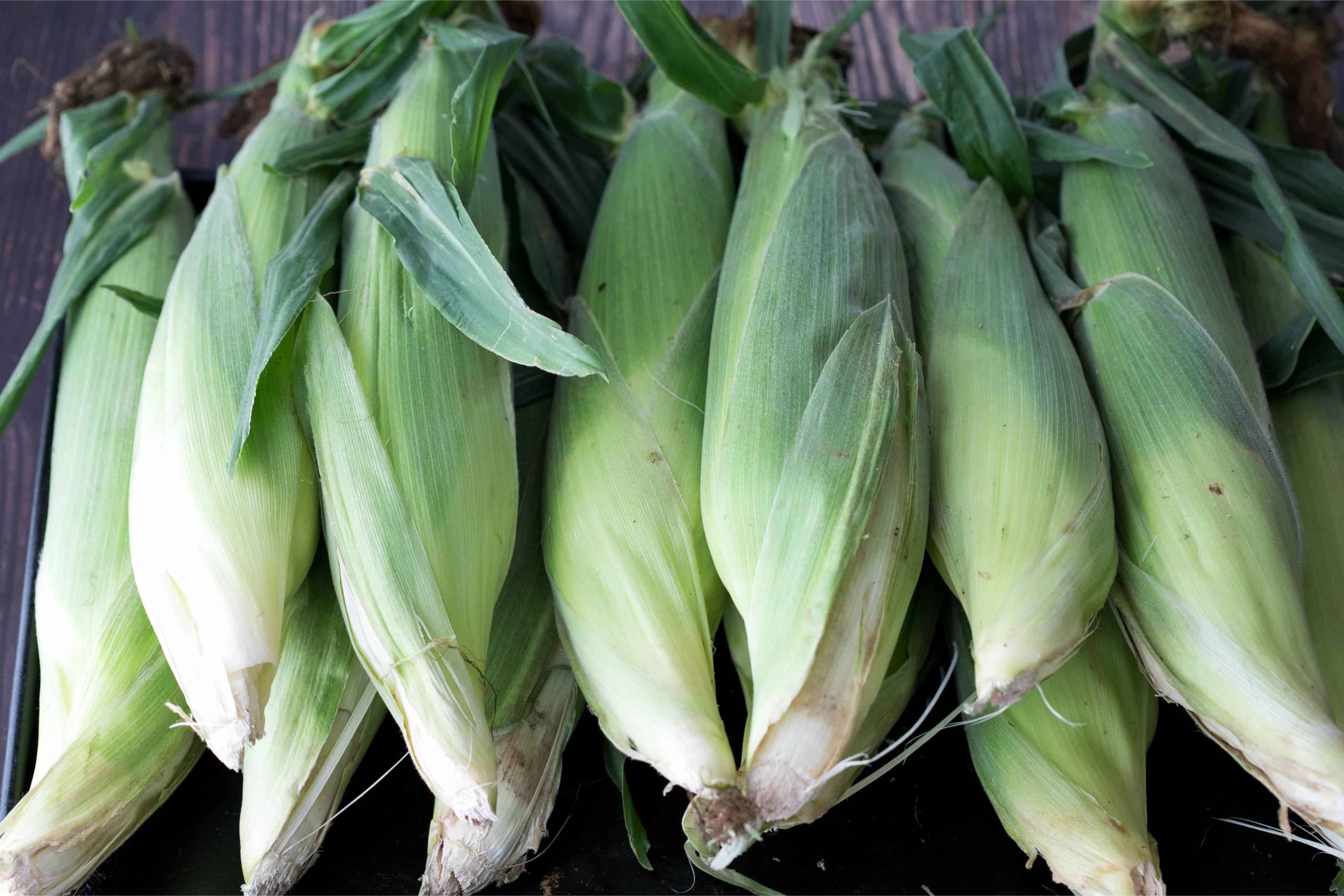

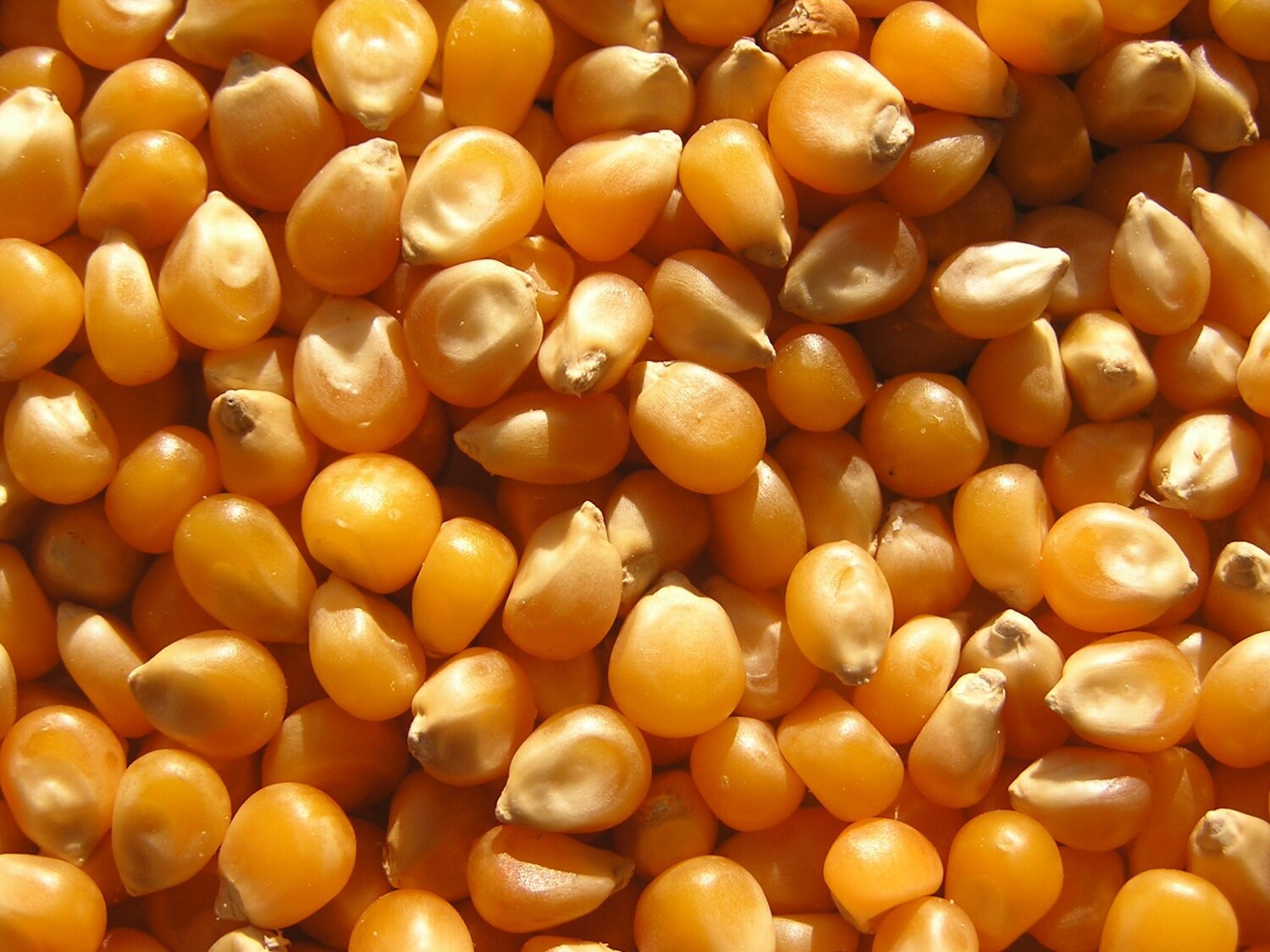
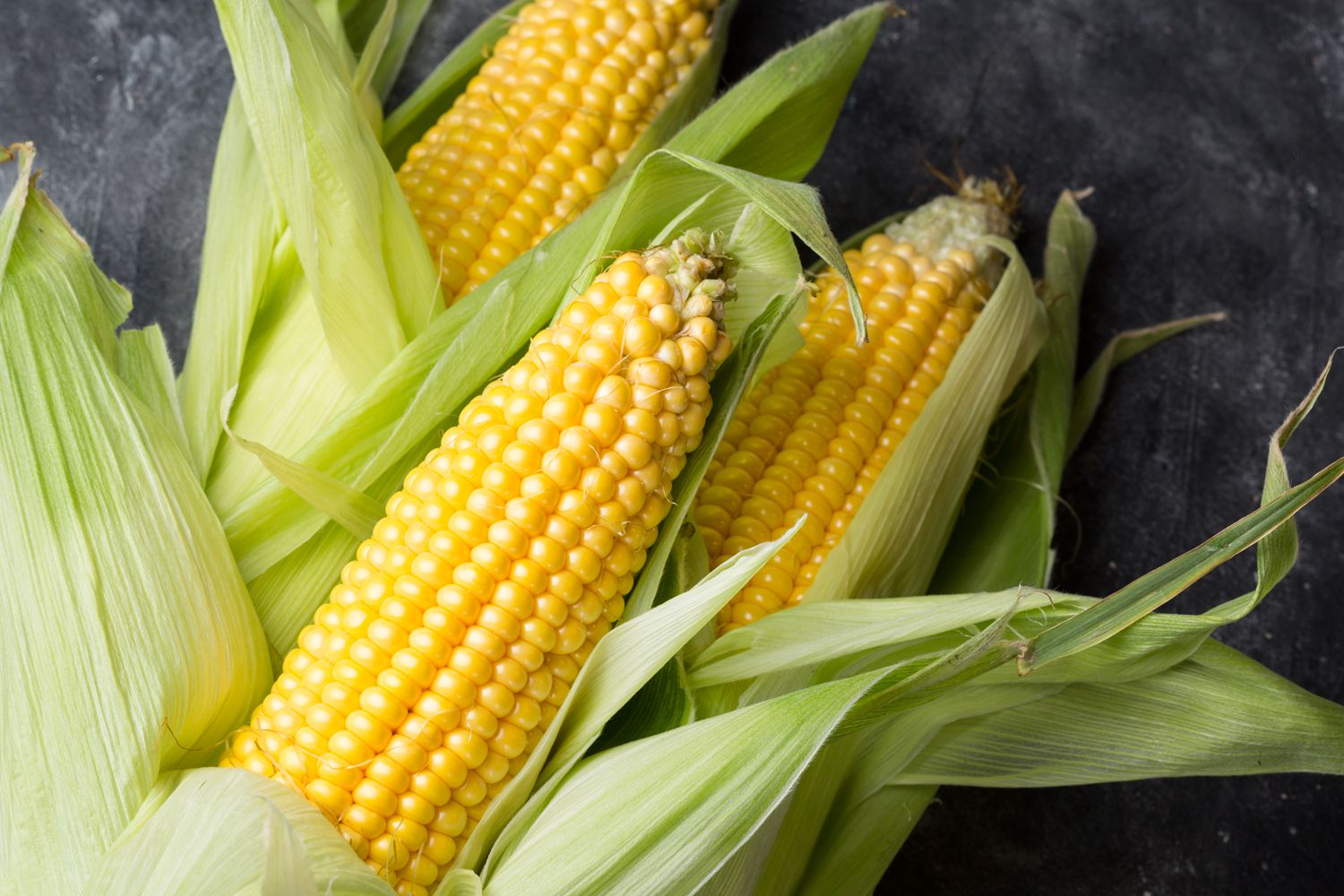
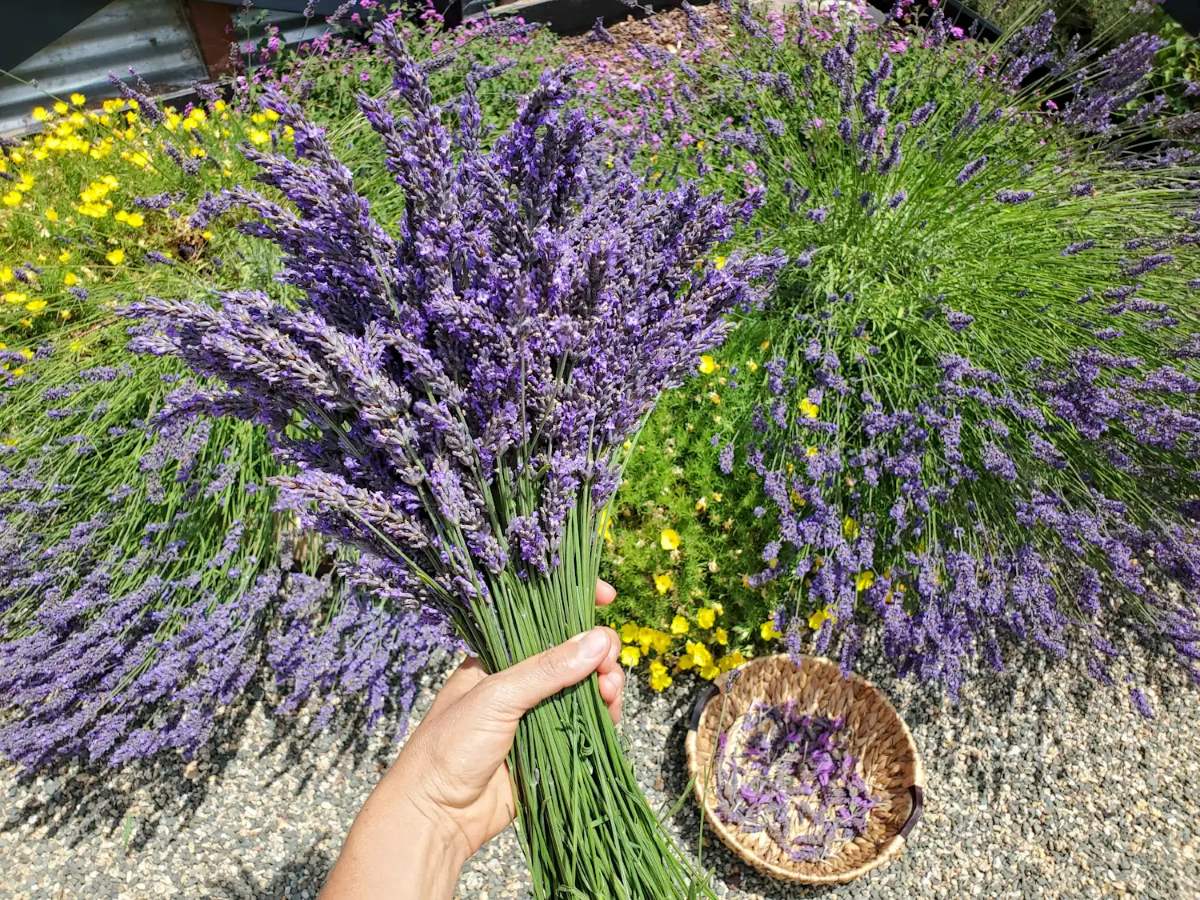

0 thoughts on “How To Store Fresh Sweet Corn”